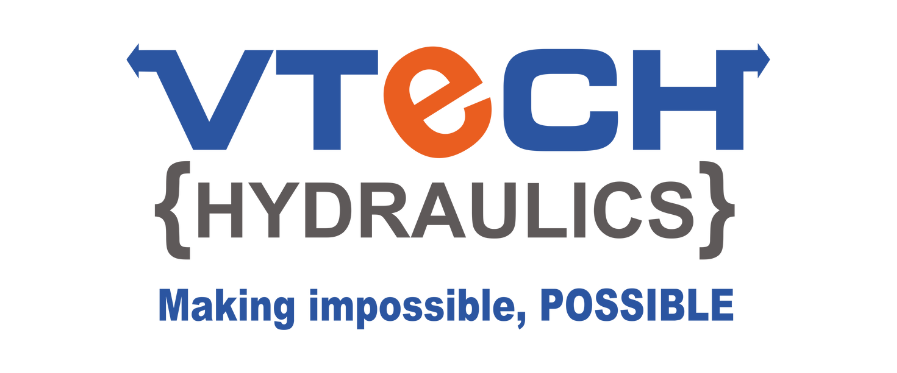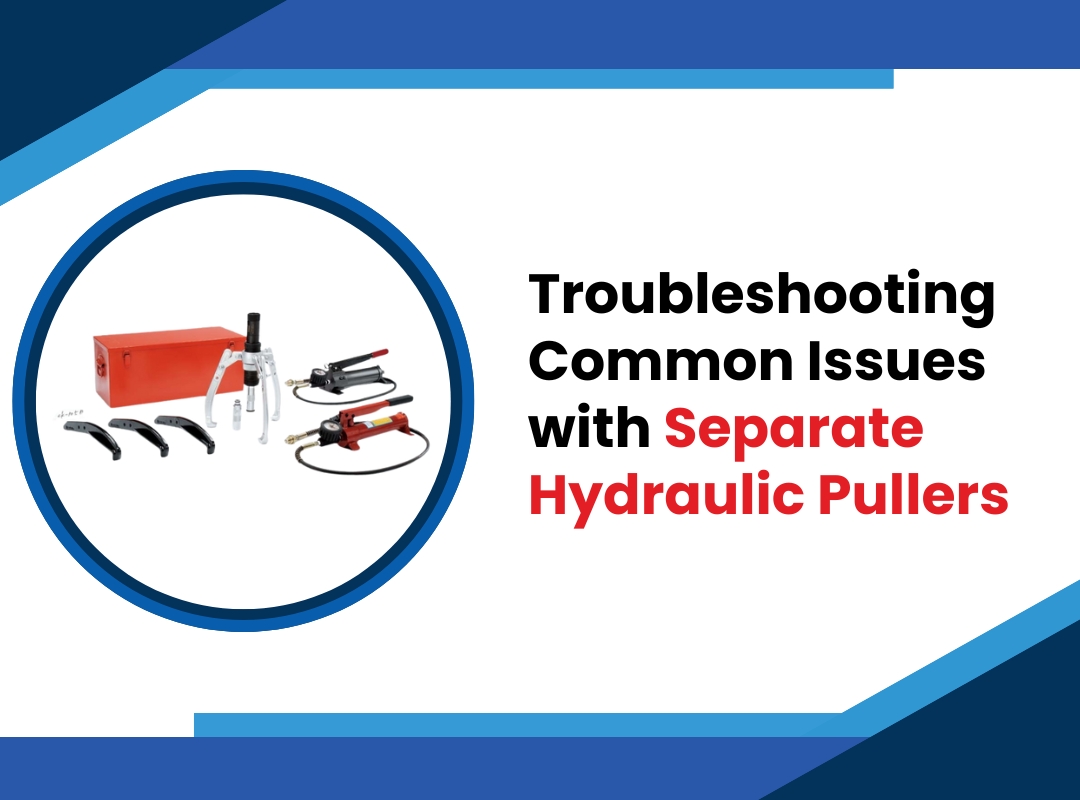The separate hydraulic puller is a crucial element in many industrial upkeep tasks. It provides strong extraction abilities for bearings, gears and other components that are tightly fitted. Not like combined systems, an independent hydraulic puller has separate power units connected to the pulling device through high-pressure hoses. This gives more freedom of movement in tight spaces. But this setup also brings particular difficulties which maintenance workers need to tackle for best operation results.
Identifying Pressure Loss Problems
A frequent problem with an individual hydraulic puller is the unexpected decrease in pressure during use. This generally shows as a lessened pulling force or total breakdown of the system while extraction is taking place. Causes for loss of pressure can include air within the hydraulic machinery, seal breakages, connections not being tight enough between power source and pulling end, or leakages from inside valves. Identifying the specific cause requires systematic troubleshooting beginning with the most accessible components.
Also Read: Separate hydraulic pullers: Essential Tools for Heavy Duty Lifting
Addressing Hydraulic Fluid Leaks
External Leak Detection and Repair
If you see hydraulic fluid on connections, seals or cylinders, it hints at an external leakage in your separate hydraulic puller. For troubleshooting, start by cleaning that area completely and then apply pressure to the system to find out where fluid comes first. Make fittings tight as per torque specifications provided by the manufacturer but be cautious not to make them too tight which can harm threads. Change any broken O-rings or seals, make sure you use the right replacements which can handle the system’s working pressure.
Internal Leakage Issues
Inside leaks give rise to more intricate issues, often signaled by gradual pressure decreases with no visible fluid escape. This generally happens when inside seals or valves degrade, letting fluid go around key pressure sections. For individual hydraulic puller systems, you should examine bypass valves for their correct functioning and look at cylinder seals for any harm. Rebuild kits of a professional standard provide an all-encompassing solution for leakages inside. However, one should have the correct knowledge in hydraulics to carry out successful repairs.
Resolving Pump Operation Problems
Insufficient Pressure Generation
When your separate hydraulic puller does not produce enough pressure, first check the pump piece. Usual reasons can be low levels of fluid, dirty hydraulic oil that affects valve actions, worn-out parts of the pump or incorrect adjustments in pressure relief valves. Start by confirming and filling up fluid levels using the type and viscosity of oil suggested by the manufacturer. Clean or replace clogged filters, and check pressure relief valve settings against specifications.
Erratic Pump Performance
Always when you see pressures in the hydraulic system that go up and down, it can show bubbles of air are stuck inside. This problem, we call “cavitation”, causes damage to parts on the inside and also reduces how strong things pull. To fix this issue, take a look at connections where fluid comes in for looseness, make sure the level of fluid is right and check caps on reservoirs are tightened well enough. For continual problems, do a system bleed. Cycle the pump slowly and slightly untighten high-point connections to free any trapped air.
Fixing Cylinder Extension and Retraction Issues
Cylinders that are extending at a slow pace, retracting only partially or showing irregular movement often suggest there might be restrictions in flow or mechanical obstruction within your puller assembly. Please check hydraulic lines for any twists or crushed areas which could block the flow of fluid. Make sure that all quick-connect couplings are properly connected and free from any dirt particles. For the binding machine, look at the alignment of the pulled part and cylinder. Make sure the setup keeps straight to the work thing during operation time.
Maintaining Proper Alignment During Operation
Misalignment is a key reason for damage to equipment and failure in extraction. When force is applied at an angle by a distinct hydraulic puller, it produces side loading which can lead to bending of pulling shafts, harm threads or make jaws slip. Checking for perpendicular alignment with the help of dial indicators before applying complete pressure can be beneficial. For hard extractions, think about using alignment tools or making custom spacers. This helps make sure the pulling forces stay properly directed during the whole process.
Also Read: Common Hydraulic Equipment Mistakes
Wrapping up
Many problems with separate hydraulic pullers come from wrongly setting up, not enough maintenance, or incorrect understanding of operational limits. By dealing with these issues in a systematic way and applying regular preventive methods, the equipment life can be prolonged considerably by maintenance experts as well providing dependable performance. When hitches are beyond internal abilities, contacting hydraulic professionals or the first maker gives needed know-how for complicated repairs that finally guard your money spent on these important mending tools.


